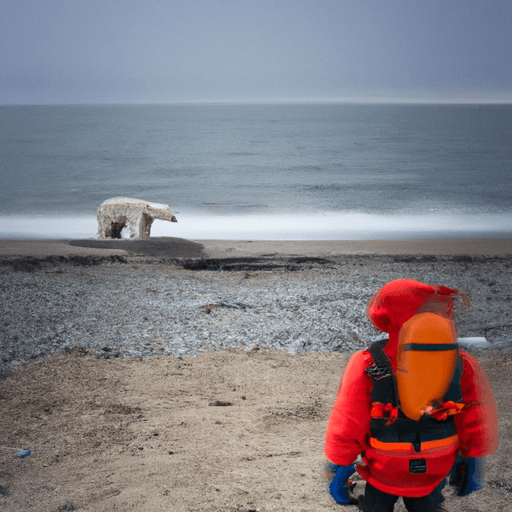Climate Change and its Impact on Tourism Destinations
As the climate continues to change, the potential effects on tourism destinations are becoming increasingly evident. The challenges facing tourists, local economies, and tourism businesses are significant, and range from extreme weather conditions to rising sea levels and changing tourist attractions. In order to ensure the sustainability and resilience of tourism destinations, tourism businesses need to adapt to the changing climate and take steps to mitigate the negative impacts.
Extreme Weather Conditions
The increasing frequency of extreme weather events is one of the most significant challenges facing tourism destinations in the face of climate change. Flooding, droughts, and storms can disrupt tourism activities and make destinations less attractive to tourists. Local economies are particularly vulnerable to these changes, as they rely heavily on tourism for income. In order to mitigate the impacts of extreme weather conditions, tourist businesses must take steps to ensure the safety of tourists and improve their resilience to extreme weather events.
Rising Sea Levels
Rising sea levels are another major challenge facing tourism destinations in a changing climate. Sea level rise can lead to flooding and erosion of coastal areas, which can have a significant impact on tourist attractions and infrastructure. In addition, rising sea levels can also disrupt marine life, which can be detrimental to local economies that rely on tourism activities such as snorkeling, fishing, and boating. To address this challenge, tourism businesses must invest in coastal protection measures, such as sea walls and mangrove restoration, and take steps to reduce their reliance on marine-based activities.
Changes in Tourist Attractions
Climate change can also lead to changes in the availability of tourist attractions, such as glaciers and coral reefs. As temperatures rise, glaciers melt and coral reefs become bleached, leading to changes in the landscape of many tourism destinations. These changes can have a significant impact on local economies, as they rely heavily on tourism activities such as skiing, diving, and snorkeling. To address this challenge, tourism businesses must invest in sustainable practices and explore alternative attractions that are more resilient to climate change.
Adapting to Climate Change
In order to ensure the sustainability and resilience of tourism destinations, tourism businesses need to adapt to the changing climate. This includes investing in sustainable practices, such as renewable energy sources, and exploring alternative attractions that are more resilient to climate change. In addition, businesses should invest in coastal protection measures, such as sea walls and mangrove restoration, and take steps to reduce their reliance on marine-based activities. Finally, businesses must ensure the safety of tourists by taking steps to mitigate the impacts of extreme weather conditions, such as flooding and storms.
Conclusion
Climate change is having a significant impact on tourism destinations around the world. In order to ensure the sustainability and resilience of these destinations, tourism businesses must take steps to adapt to the changing climate. This includes investing in sustainable practices, exploring alternative attractions, and taking steps to mitigate the impacts of extreme weather conditions. By taking these steps, tourism businesses can ensure that their destinations remain attractive to tourists and continue to contribute to local economies in a changing climate.


















Comments
Leave a Comment